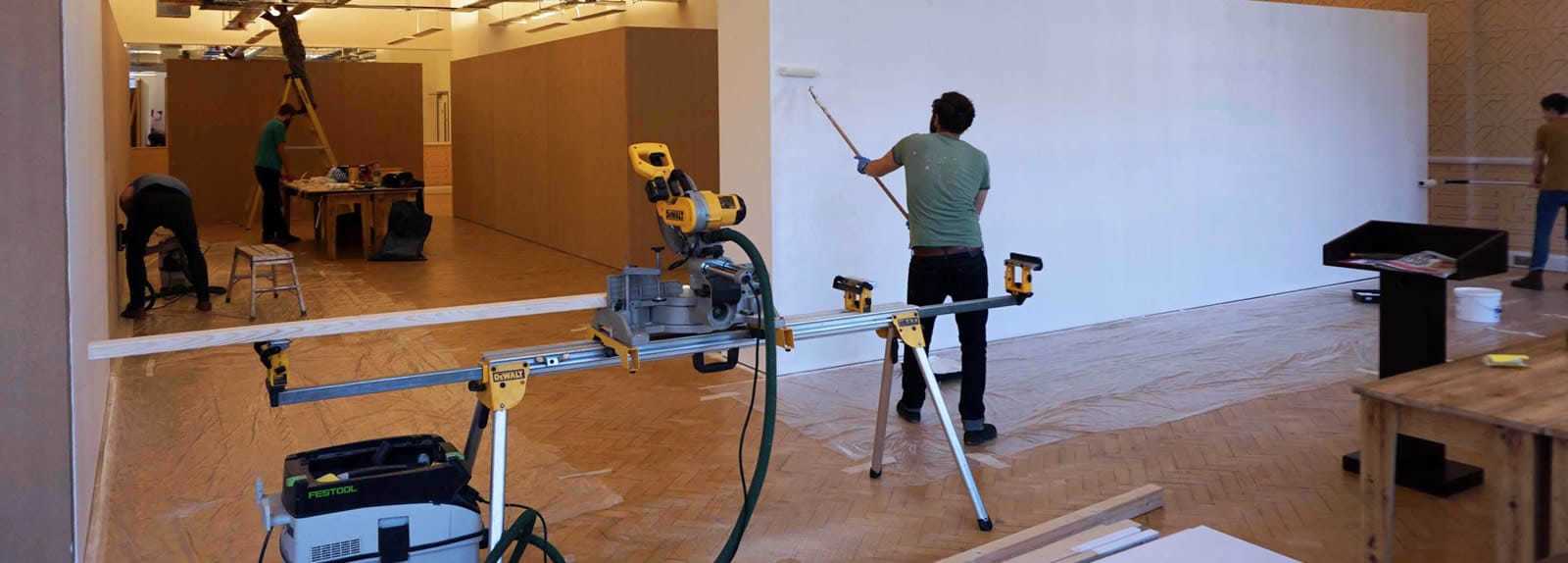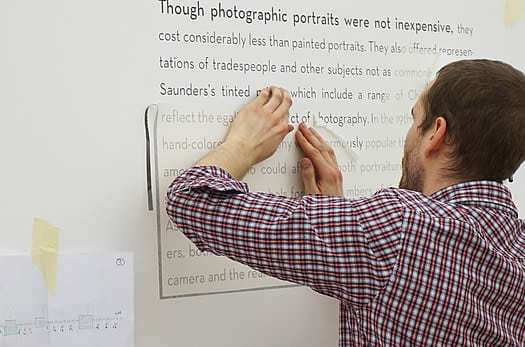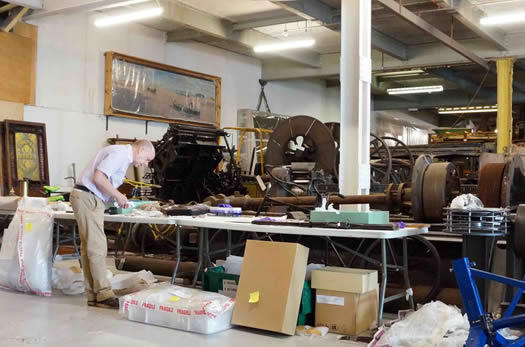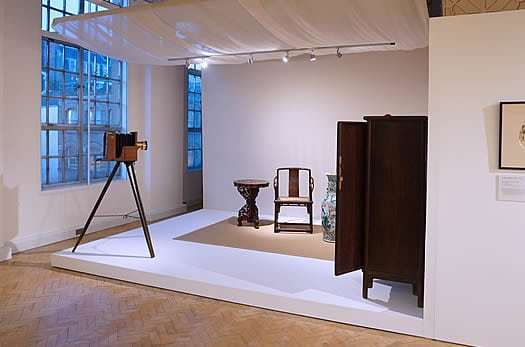TRAVELLING TREASURES
Travelling Exhibition Design – Part 2
How do we help in designing a travelling exhibition?
In Part 1, “Why Tour an Exhibition?“, we discussed the importance of gathering detailed information about potential venues for your travelling exhibition, including floor plans and square meterage. With this information, the next step is to carefully evaluate your options and determine which location best meets your needs. To make an informed decision, you should consider various factors such as:
- exposure
- visitor numbers
- relevance
- exhibition space size
- accessibility
- location
- marketing
- atmosphere
- interactivity
- security
- feedback
- timing
- sustainability
- collaborations
Exposure relates to the visibility of your exhibition to the public, while visitor numbers are essential to ensure that as many people see your exhibition as possible. Relevance refers to the level of interest your exhibition will generate among potential visitors, while exhibit space size determines the number of exhibits you can display.
Once you have selected your preferred venue, it’s essential to begin planning the design of your travelling exhibit. It’s worth noting that the exhibition must be broken down and transported between venues, so it’s crucial to budget for transport costs. Keep in mind that unless you have an enormous budget for transport, you’ll need to design your exhibition in a way that’s easy to dismantle and reassemble. This means carefully considering the materials used, the weight of the exhibits, and the ease of packing and unpacking. By considering all these factors when designing your exhibition, you’ll be able to create an exhibit that is visually stunning, easy to transport, and cost-effective.
Moreover, designing a travelling exhibition offers a unique opportunity to engage with diverse audiences across different regions, cultivating cultural exchange and dialogue. By carefully developing the design, you can ensure that your exhibit is not only visually captivating but also culturally relevant to each location it visits. This can be particularly inspiring for both the audience and the organisers, as it allows for a positive interaction between the art and its viewers, enriching the overall experience of the exhibition.
Art collectors and organisations should consider touring their exhibitions to showcase their collections and inform and educate the public about the cultural and historical significance of the artworks on display. Through expertly curated exhibitions, they can offer insights into the artistic vision behind each piece, encouraging a more profound appreciation and understanding of art. By touring their collections, they can reach a wider audience and inspire future generations of art enthusiasts, ensuring the continued relevance and appreciation of cultural heritage
Moreover, depending on the size and importance of your travelling exhibition, some venues will be happy to construct temporary walls and supply existing showcases, lighting, graphics, labels, and manpower for installation. For these reasons, it would also be good to comprehend what each museum or venue will contribute to your travelling exhibition. However, for this exercise, let’s assume they are not supplying anything. Now armed with the venue information, you need to create an exhibition design that will engage visitors, impart information, and unfold intriguing stories.
“Bringing your travelling exhibit to life.”
We unfold and design engaging stories for diverse audiences across the globe.
Are you designing a travelling exhibition? Here are a few top tips to guide the process. I mentioned previously that my preferred methodology is via large-scale card models (for example, 1:20 scale). You can see examples here > working models.
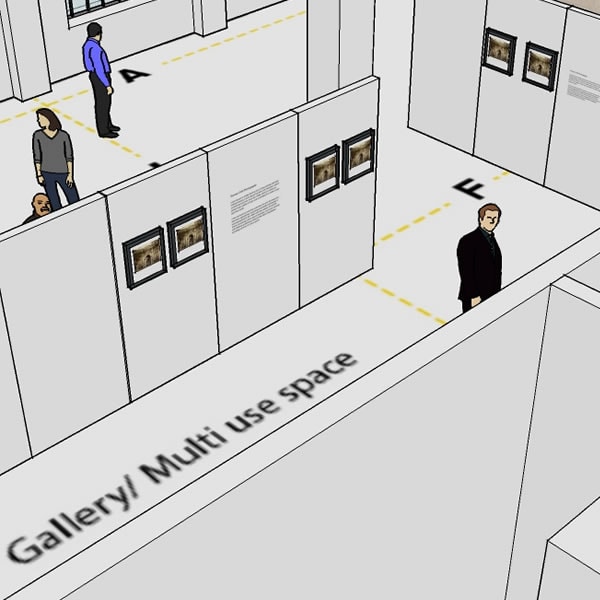
Furthermore, by using these working models, designs can be tested and altered until a workable solution is generated. Of course, this isn’t an easy or quick task. It might give you a few sleepless nights, but the final design is truly worth the effort. From my experience, it is far better to make mistakes while in model form. If this happens later in the design process, it could be very expensive.
Once you are happy with your design, it’s time to record the layout via drawings. The drawing should include numbering, annotations, and a listing of each item in an Excel spreadsheet. This spreadsheet will be invaluable later. Moreover, it will allow you to check that you have included the whole exhibition when you start to redesign the exhibit for the next venue. In addition, it can be a valuable tool in creating a relatively accurate budget for funding. The next step to think about is the subsequent venue. You should check if your design can be altered and applied to the different layouts and amounts of space (square meterage) without losing the very essence of your travelling exhibition.
Consequently, it may prove necessary to add/remove items from the exhibition. This will allow you to accommodate the space and retain the same display intensity.
These design exercises will also make you aware of many other tasks and difficulties when organising a travelling exhibition. For example, transportation, conservation, loaning objects, object mounting, packing, eco-friendly (sustainability), security, insurance, etc. Nevertheless, by using this design method for all your venues, you will identify the minimum, maximum, and optimum space required for your travelling exhibition. If you need assistance, we would be happy to assist you with designing a travelling exhibit that equates to something special.
Discover more on travelling exhibition design
Part 1 – Why Tour an Exhibition?
As part of this series, we will first look at the various reasons why art collectors travel their collections or themed exhibits around the world. Check out our comprehensive list here.
The pivotal difference between permanent and travelling exhibits is both fundamental and significant. Though both seek to educate, inspire, and captivate audiences, their creation is driven by distinct methodologies and objectives.

